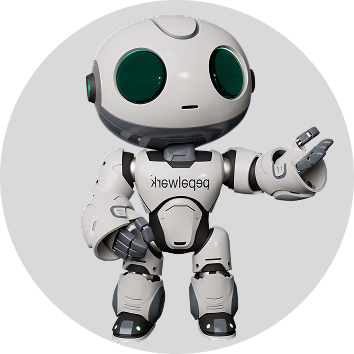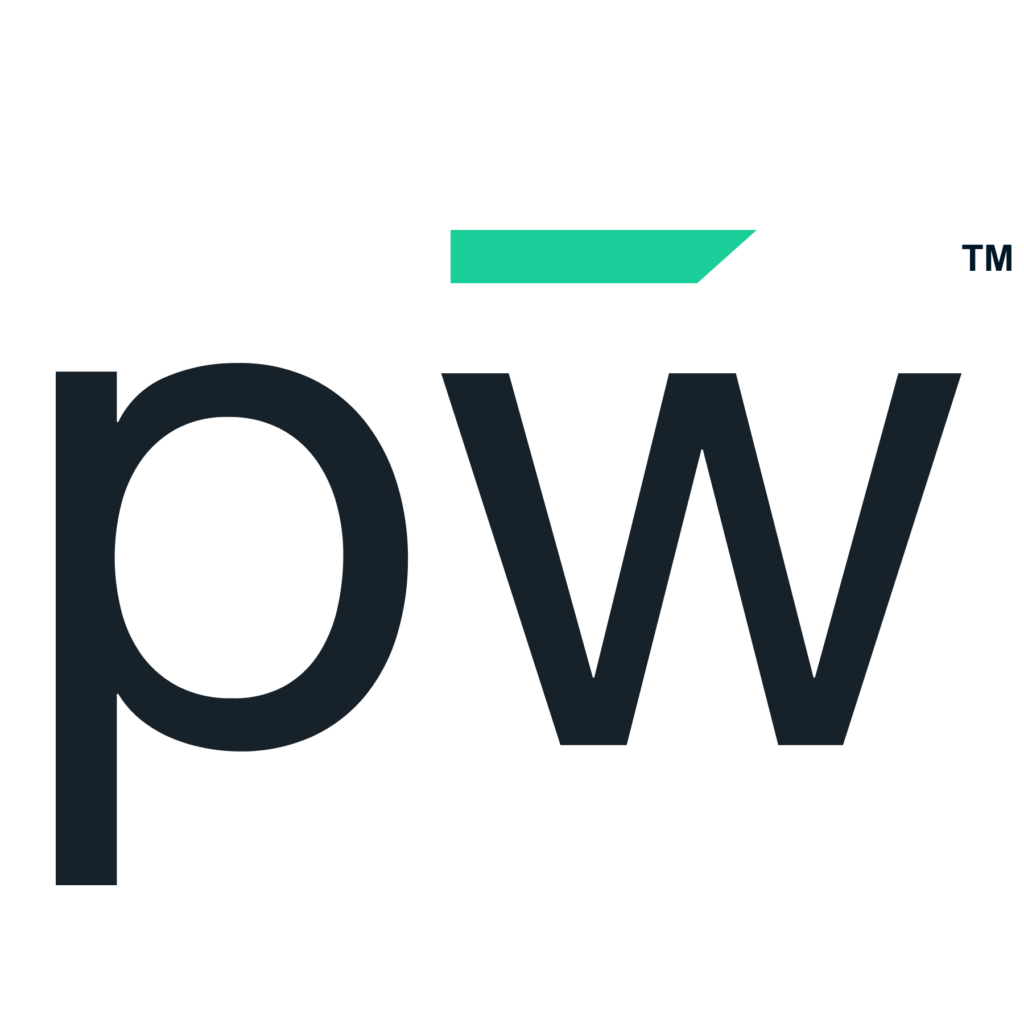As a job-seeker, how closely do you read job descriptions? They are often long-winded and full of jargon and buzzwords, so how do you know what to pay attention to?
Because you want to maximize your chances of getting an interview, you’ll need to understand what an organization is looking for before sending your resume. The process can be time-consuming because on average, applicants submit 30 to 50 resumes before getting hired.
Reading a job description helps you manage your job-hunting efforts so you’re focused on the positions that align with your goals and skills. But if you read the job description incorrectly or don’t understand how to separate essential information from buzzwords, you might waste time applying for the “wrong” roles.
Let’s dig into some information and strategies to help you read and understand job descriptions with a strategic eye.
What Is a Job Description?
A job description is a company’s wish list for filling a particular job role, often including specific skills candidates should have. They also contain responsibilities and duties of the role’s day-to-day activities. Other information could include salary range, benefits, working hours, and comments on company culture.
All this can be highly informative for you, so it’s worth reading it all the way through. When you do, you’ll be able to concentrate on the jobs that best match your skills and career aspirations. Reading job descriptions with an analytical and savvy approach can save you time and energy.
But what about the vague job listings?
Matching Your Skills and Talents to Buzzword-Filled and Vague Job Descriptions
When it comes to listing job descriptions, only some employers will be specific on required or preferred skills. If you have prior knowledge and experience in the industry, you may be able to find the “easter eggs” in the descriptions.
Other times, you’ll face the challenge of matching your skills to a job description that may be confusing because the job-listing company has gone heavy on buzzwords. Some buzzwords can signal red flags, such as “wear many hats,” “hustle culture,” or “willing to work long hours.” These may indicate a company culture that doesn’t prioritize healthy work-life goals.
Aside from the buzzwords, the description may be too vague and not provide enough information for you to understand whether your skills are a good fit. In this case, a good strategy is to check out the basics presented in the listing. Based on what’s there and the career field in general, you may be able to glean whether it’s a good fit for you. You may investigate further by Googling or sleuthing on LinkedIn for more information about the role.
6 Things To Pay Attention to When Reviewing Job Descriptions
Job descriptions don’t always tell you the complete story. Often you must infer and assume. When reading job descriptions, these are the most critical things to review.
- Core Abilities
Most job descriptions have a theme around the most crucial aspect of the role, and they often repeat throughout the posting. Assess whether that core is a good match for your skills or even what you desire to do in your day-to-day.
- Personal Qualities
Does the job description highlight soft skills (e.g., communication, collaboration, adaptability, and so on)? If so, do you have them, and are you willing to continue to work on them?
- Required vs. Desired Skills
Be aware of the difference between required versus desired skills. “Required skills” are generally non-negotiable and can disqualify you from the role, if you don’t bring them to the table. However, you don’t have to check off every “desired skill” qualification to be a good candidate for the job. If the rest of the job listing is a good match, you can still apply even if you don’t check every “desired skill” box.
- The Tone of the Description
Even though a job listing is presented in written words and not spoken aloud, there’s still a tone present. For example, is it formal or casual? Depending on your field and desired work environment, you may prefer one over the other. The tone can also give you an idea of that company’s corporate culture.
- First Items in the Duties and Qualifications
Those words in the first few bullet points likely represent the priorities of that employer. Make sure they align with your talents, expertise, and passions.
- Company Culture Preview
Culture has become a significant differentiator for companies pursuing talent. Thus, they often include a glimpse of it in job listings. Evaluate what they say about working there and if it meets your expectations.
These six pieces of information from the job description will help you make the best assessment on whether to apply. It can be a tedious process, often including gaps and requiring guesses. Does that mean this applying-and-hiring method is broken and outdated? If so, is there a better way?
Match, Prepare, and Plan for Jobs
Instead of wading through a sea of job descriptions, you can modernize the process of getting hired with pepelwerk. Candidates can build talent profiles, access in-demand jobs, work with coaches and mentors, and get recommendations on the training they need for roles. You can also engage with the Real World of Work program, which prepares students for a fast-changing employment market.
Job matching goes beyond job searching when you use the pepelwerk app. Get started today.








